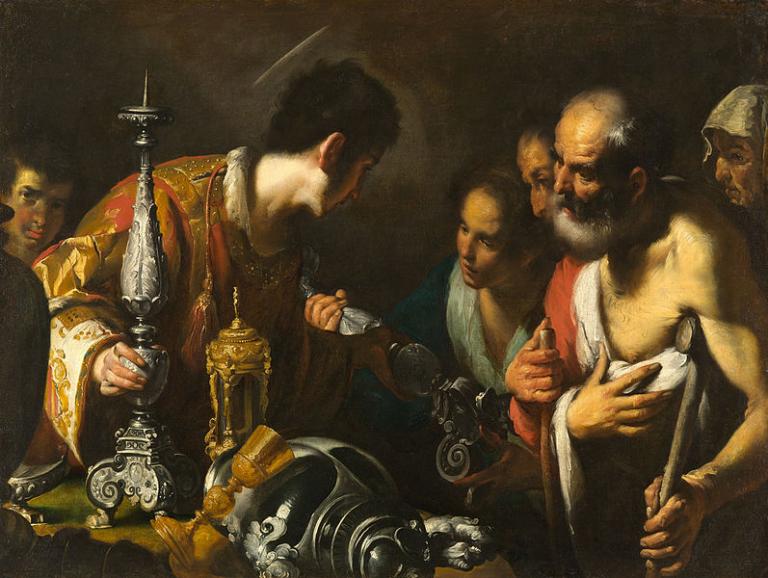By now you have already, no doubt, seen an array of viewpoints on the topic of the controversial Catholic-themed Met Gala. And you may already have decided whether you agree with those who viewed it as a blasphemous mockery, or with those who thought it was merely tacky and “meh,” or with those who appreciated it as a celebration of Catholic culture.
For the most part, I agree with Jessica Mesman Griffith that the Met Gala was an exploration of the enduring influence of Catholic culture. The haters just don’t get art. Or maybe they are a little too enamoured of their personal narrative that Christianity in America is under attack.
To quote Mesman Griffith:
Y’all settle down. You’re missing a very rare chance to be proud of our tradition, to feel blessed indeed to share a heritage of beauty that can move even the most secular heart to awe. This is what Catholic culture–which is endlessly bemoaned as in its death throes if not dead altogether–is. When you let the people at it, you’re gonna lose control of it. And that can be a very good thing. Some of us wouldn’t have found Jesus without Mardi Gras.
Catholicism is by its very name and nature diverse and universal. It is hard to speak of something being “appropriated” when it is already a hodgepodge of elements from the many different cultures it has stolen or borrowed from, or melded with, along the way. I mean, we draw on a misogynistic old pre-Christian Greek philosopher for the philosophical terms with which we, very comically, try to nail down our mystery.
Mysteries just won’t be nailed down though. They leak out, creep away, are found in surprising places. Any good student of literature – especially religious literature – could tell you that. We should not be suprised to find our religion where we least expected it, even where we’d gone to escape from it.
I did have one issue with the Met Gala, however: that it celebrated only the upper crust of the catholic imaginative tradition. While Mesman Griffith is right to identify an element of folk piety in all such spectacles, there is a notable absence of “folk” at gala events.
Which is fine, I suppose, if you are able to make peace with capitalism (i.e. if you’re comfortably well off), and if this event were celebrating simply an artistic tradition.
But the artistic tradition of the church can’t be divorced from its mythos, and at the heart of the Christian mythos is a paradox where Christ Crowned Triumphant, is also Christ poor and crucified. The poor, we are reminded, we will “always have with us.” And insofar as Christians stand against the principalities and powers which create poverty and abuse, perhaps it is true to say that the church – the church of the poor, of Christ crucified – is under attack.
If there is any scandal in the spectacle of the Met Gala – and it was a splendid spectacle, with glittering mitres and gowns of trailing chain-mail – it is that when the world looks upon the church, it sees only the church of jewels, treasures, art, and power. It does not see the poor, the beggars, the immigrants, the sick, the outcast. The fashion industry, which is a complicated mélange of great art, problematic narratives, and capitalistic abuses, should not find it so easy to mime our aesthetics, without coming face to face with a challenge to its own privilege and power.
image credit: https://commons.wikimedia.org/wiki/File:St._Lawrence_Distributing_the_Treasures_of_the_Church_-_Bernardo_Strozzi_-_Google_Cultural_Institute.jpg













